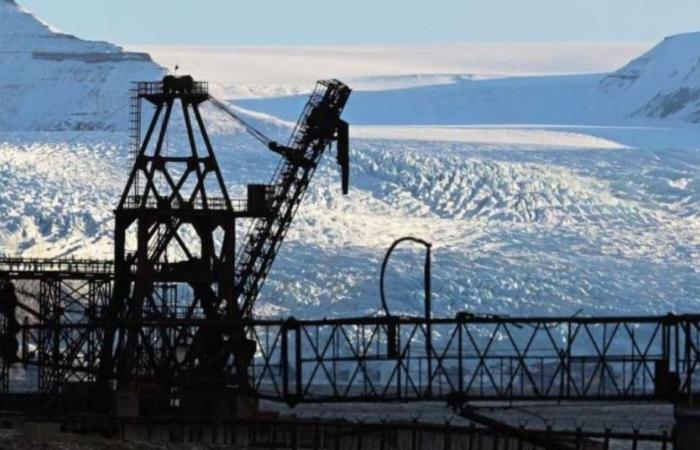The study mentions that the commodities with the greatest abundance of resources would be cobalt, manganese and nickel, while copper would have a lower abundance.
The study “Underwater Mining Perspective”, carried out by GEM Mining Consulting, points out that the underwater mining is an economically viable practice, since the long-term prices of some of the minerals found under the sea (cobalt, nickel and manganese) would exceed those of incentive for their development.
The study also indicates that “submarine mining of Polymetallic Nodules has a great attraction when comparing the potential of the resources of the marine environment with respect to current land reserves.”
“In particular, the commodities with the greatest abundance of resources would be cobalt, manganese and nickel, while copper would present a lower abundance as a byproduct of the extraction of other minerals,” it is maintained.
The results of the report highlight that “there is a notable discrepancy between long-term prices and the incentive prices required for the exploitation of reserves attractive under current market conditions. Therefore, as long-term prices would exceed incentive prices, it would become “one more reason to understand why underwater mining is economically viable when operating in areas more than 4,000 meters deep.”
Impact on the marine ecosystem
The study emphasizes that the Indirect environmental impacts should be further studied and the foundations must be laid for the future-oriented development of deep-sea mining, with the aim of developing more sustainable and responsible practices that minimise environmental and social impacts.
“Although the direct impact may not be significant, there is the possibility of a relevant impact on the marine ecosystem indirectly“the report says.
According to the document, some of these impacts can be manifested through “lthe release of carbon reserves, the decrease in microbial activity, the dispersion of trace metals, the alteration of the nitrogen cycle and the loss of biodiversity.”
However, it is assured that “its environmental footprint in the depths of the sea would be relatively controlled and is definitely smaller than the footprint of continental mining.”
When comparing these findings with terrestrial mining, the possibility of a reduction of up to 59% in annual carbon emissions into the atmosphere, as well as a reduction of dust or sediment cloud by 2,000 times, being located several kilometers below sea level, which would help mitigate the problems caused to the environment and directly to the quality of most of the biosphere.
For more information about the study and its recommendationsyou can access the full report here.






